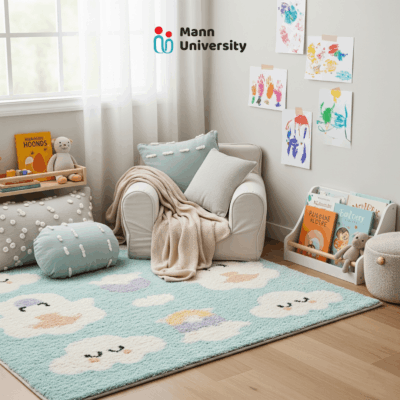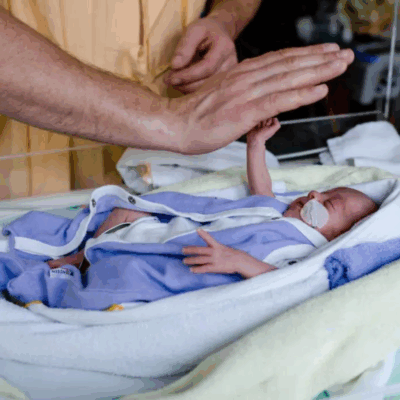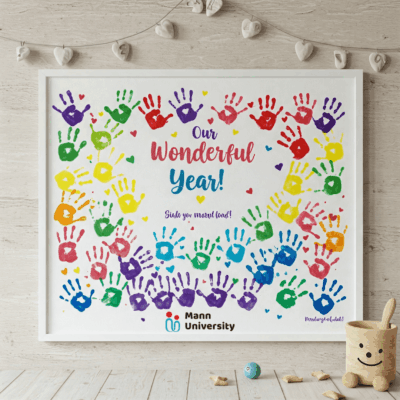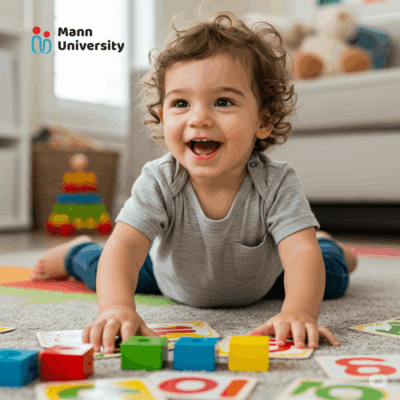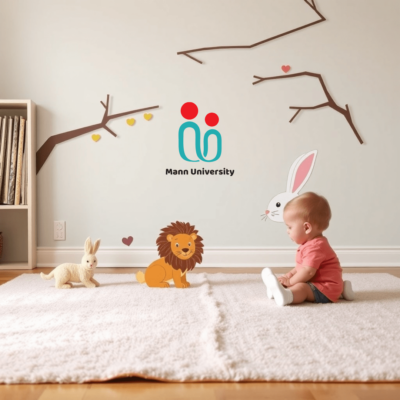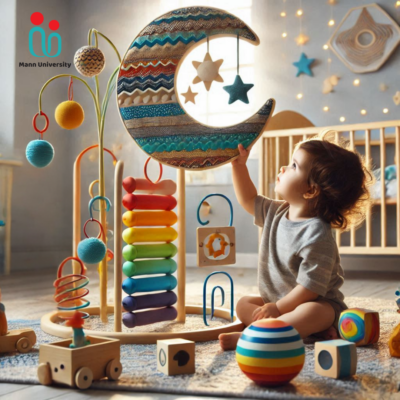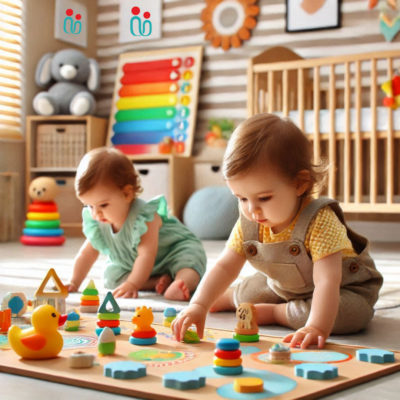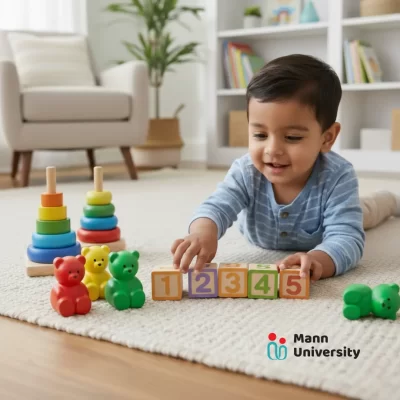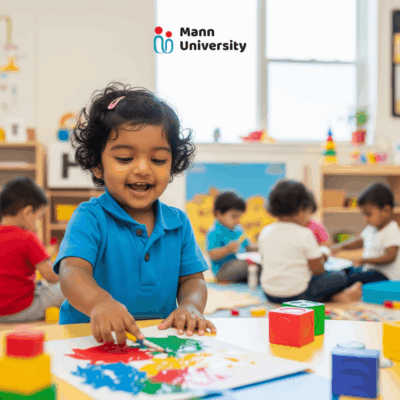Table of Contents
The Great Language Leap: From Two-Word Phrases to Fluent Conversations in 2-Year-Olds
The period around the second birthday marks a phenomenal transformation in a child’s development: the language explosion. In what seems like an overnight shift, toddlers go from uttering simple, two-word sentences to engaging in meaningful conversations. This rapid acquisition of language is a pivotal milestone, reflecting significant cognitive and social growth.
The Milestones: A Glimpse into the 2-Year-Old’s Mind
The journey from single words to complex sentences is a fascinating one. Here’s a snapshot of the typical linguistic achievements during this phase:
Vocabulary Expansion: A 2-year-old’s vocabulary can burgeon from around 50 words to over 200 words. They begin to grasp and use a variety of word types, including nouns (“doggie,” “ball”), verbs (“go,” “eat”), and adjectives (“big,” “hot”).
The Dawn of Sentences: The hallmark of this stage is the emergence of two-word sentences, such as “more milk” or “daddy’s car.” These simple combinations mark a crucial step towards structured communication.
Emergence of Grammar: Toddlers start to experiment with grammatical rules, using pronouns like “me” and “mine,” and adding “-ing” to verbs. They also begin to understand and use prepositions like “in” and “on.”
Questioning the World: The incessant “what’s that?” and “why?” questions become a common and endearing feature, signaling a developing curiosity and a desire to understand their surroundings.
The “Why” Behind the Words: Unpacking the Language Explosion
Several factors converge to fuel this remarkable linguistic growth:
Cognitive Development: The toddler brain is rapidly forming new neural connections. This cognitive leap allows them to grasp concepts like object permanence and categorization, which are fundamental to understanding and using language.
Improved Articulation: As their oral-motor skills refine, toddlers gain better control over their tongue and lips, enabling them to produce a wider range of sounds more clearly.
Social Interaction: The desire to connect with caregivers and peers is a powerful motivator. Language becomes the primary tool for expressing needs, sharing experiences, and engaging in social play.
A Rich Language Environment: Consistent exposure to language through conversation, reading, and singing provides the necessary input for a child’s developing brain to decode and replicate speech patterns.
Nurturing the Budding Conversationalist: Activities for Language Growth
Parents and caregivers play a vital role in fostering this linguistic journey. Here are some engaging ways to encourage language development:
Engage in Frequent Conversations: Talk to your child throughout the day, narrating your activities and theirs. Ask open-ended questions that encourage more than a “yes” or “no” answer.
Read Aloud Daily: Choose age-appropriate books with colorful pictures and simple, repetitive text. Point to and name objects, and encourage your child to do the same.
Sing Songs and Recite Rhymes: The rhythm and repetition of songs and nursery rhymes are excellent for language acquisition and memory development.
Play Imaginative Games: Engage in pretend play scenarios that involve conversation, such as playing house or having a tea party with stuffed animals.
Expand on Their Utterances: When your child says, “car go,” you can expand on it by saying, “Yes, the big red car is going fast!” This models more complex sentence structures.
Be a Patient Listener: Give your child ample time to form their thoughts and sentences without interruption. Show them that you are interested in what they have to say.
When to Seek Guidance: Navigating Developmental Variations
It’s important to remember that every child develops at their own unique pace. The milestones mentioned are general guidelines, not rigid deadlines. However, if you have concerns about your child’s language development, it’s wise to consult a pediatrician or a speech-language pathologist.
Consider seeking professional advice if, by age two, your child:
Has a very limited vocabulary: Uses fewer than 50 words.
Is not combining words: Does not form simple two-word phrases.
Shows difficulty understanding: Cannot follow simple, one-step instructions like “Get your shoes.”
Lacks communicative intent: Doesn’t use gestures, pointing, or imitation to communicate their wants and needs.
Experiences regression: Loses language or social skills they previously had.
Early identification and intervention can make a significant difference and provide you with tailored strategies to support your child.
Conclusion: Embracing the Chatter
The 2-year-old language explosion is more than just a developmental checklist; it’s the beginning of a lifelong conversation with your child. By creating a nurturing, patient, and language-rich environment, you provide the fertile ground for their communication skills to blossom. Enjoy the questions, celebrate the new words, and embrace the beautiful, chaotic chatter. You are their first and most important conversation partner on this incredible journey.
The Next Stage: What to Expect from Ages 3 to 4
As the initial “explosion” settles, a period of refinement and complexity begins. Between the ages of three and four, a child’s communication skills continue to grow exponentially.
Longer, More Complex Sentences:
Sentences expand from two or three words to four, five, or even more.
They begin using conjunctions like “and,” “but,” and “because” to link ideas (“I want a cookie and milk”).
Grammar Refinement:
Correct use of pronouns (I, you, he, she, we, they) becomes more consistent.
They start to grasp plural forms (dogs, cats) and regular past-tense verbs (“jumped,” “played”). Expect charming errors with irregular verbs, like “goed” instead of “went.”
Developing Storytellers:
Children begin to tell simple stories, often recounting events from their day (“We went to the park. I played on the slide.”).
Their narrative skills improve, with a clearer beginning and end to their tales.
Improved Clarity and Conversation:
Their speech becomes much clearer and is usually understood by people outside the immediate family.
They can take turns in a conversation and answer “Who,” “What,” “Where,” and “Why” questions.
Tackling Common Language Hurdles
During this rapid growth phase, some minor speech issues may temporarily appear.
Pronunciation Errors:
It’s common for children to substitute sounds, for example, saying “wabbit” for “rabbit” or “pish” for “fish.”
What to do: Gently model the correct pronunciation without overtly correcting them. For instance, if they say, “Look at the wabbit,” you can respond, “Yes, what a cute rabbit!”
Stuttering or Dysfluency:
Some toddlers experience a period of “developmental stuttering,” where they repeat sounds or words (“I-I-I want…”). This often happens because their brain is working faster than their mouth can keep up.
What to do: Be patient and give them plenty of time to finish their thoughts without interrupting. Avoid telling them to “slow down” or “take a breath,” as this can increase pressure. If it persists for more than a few months or is accompanied by physical tension, consult a professional.
Navigating Screens: Technology in the Toddler Years
In today’s digital world, questions about screen time are inevitable. When used thoughtfully, technology can be a tool; however, it cannot replace the real-world interactions that are crucial for language development.
Prioritize Human Interaction:
The primary way children learn language is through responsive, back-and-forth conversations with caregivers. Digital media is not a substitute for this.
The Value of “Co-Viewing”:
When you do use screens, watch with your child. Talk about what you see on the screen (“Look, the blue bird is singing!”). This turns a passive activity into an active language lesson.
Choose Content Wisely:
Opt for high-quality, slow-paced educational programs designed for toddlers. Avoid fast, distracting, or purely entertainment-focused content.
Interactive apps that require a child to tap, swipe, and respond can be more engaging than passive video watching.
Video Chat is Different:
Live video calls with family members (like grandparents) are considered quality interaction. This is an active, conversational use of screen time that helps build relationships and language.
Avoid Background TV:
A television left on in the background can distract both you and your child, reducing the amount and quality of parent-child talk throughout the day.
Key Takeaways for Your Language-Learning Journey
The path from first words to full conversations is a remarkable one. As you guide your child through it, keep these core principles in mind:
Be a Narrator: Talk about what you are doing and seeing throughout the day. This constant stream of language is invaluable.
Read, Read, Read: Daily reading builds vocabulary, introduces sentence structure, and fosters a love of learning.
Listen Patiently: Give your child the time and space to form their thoughts and words without interruption. Show them their voice matters.
Expand and Elaborate: Build upon their simple phrases. If they say “big doggie,” respond with, “Yes, it’s a big, brown doggie running in the park!”
Trust Your Instincts: You know your child best. If you have persistent concerns about their development, consult a professional. Early support is always beneficial.
Embrace Imperfection: Celebrate their unique way of talking, including the charming mistakes. The ultimate goal is not perfect grammar, but joyful and effective communication.
Summary: Your Guide to the Toddler Language Journey
The journey from a toddler’s first words to their fluent storytelling is one of the most exciting periods of development. Here is a summary of the key stages, strategies, and considerations we’ve explored.
The 2-Year-Old Explosion: Around age two, children experience a “language explosion.” Their vocabulary can grow from 50 to over 200 words, and they begin forming crucial two-word sentences (“more juice,” “daddy go”). This leap is driven by rapid brain development, improved articulation, and a strong social desire to communicate.
Nurturing Early Language: You can best support this growth through simple, daily activities:
Talk Constantly: Narrate your day and engage in frequent conversations.
Read Aloud: Make books a daily habit.
Sing and Rhyme: Use music to teach rhythm and new words.
Expand on Their Words: Build on their simple phrases to model more complex sentences.
When to Be Mindful: While children develop at their own pace, trust your instincts. Seek professional advice from a pediatrician or speech-language pathologist if, by age two, your child isn’t combining words, has a very limited vocabulary, or struggles to understand simple instructions.
The Next Stage (Ages 3-4): The explosion refines into complexity. Expect longer sentences (4-5+ words), better grammar, the emergence of storytelling, and much clearer speech that is understandable to most people.
Common Hurdles: It’s normal to encounter minor issues like pronunciation errors (“wabbit”) or developmental stuttering. The best response is to model language patiently and correctly without pressure or direct correction.
Technology in Moderation: Screens are not a substitute for human interaction. If used, prioritize high-quality educational content, watch with your child to make it interactive (“co-viewing”), and avoid using screens passively.
Ultimately, the most powerful tool you have is your own voice and attention. By fostering a patient, interactive, and language-rich environment, you give your child the foundation they need to become a confident and capable communicator. Enjoy the conversation!
The Homeopathic Approach to Language Development
Homeopathy operates on the principle of treating the individual as a whole, rather than just the specific symptom. The focus is on stimulating the body’s own healing capacity.
Constitutional Treatment: A homeopath will conduct a detailed consultation to understand the child’s complete “constitution.” This includes their physical appearance, temperament, emotional tendencies, sleep patterns, food cravings, and fears. The goal is to find a single “constitutional remedy” that matches the child’s unique overall profile, not just the speech delay.
Holistic View: The belief is that a well-matched remedy can help balance the child’s system, referred to as the “vital force.” Proponents suggest that this rebalancing can lead to natural improvements in developmental areas, including speech and communication, alongside improvements in overall well-being, such as better sleep or reduced anxiety.
Individualized Remedies: Based on the child’s specific case, a homeopath might consider certain remedies. For example:
A child who is shy, slow to develop, and physically robust might be considered for a remedy like Calcarea Carbonica.
A child who is timid, has difficulty concentrating, and is hesitant might be evaluated for Baryta Carbonica.
An introverted child who is sensitive and started talking late might be looked at in the context of Natrum Muriaticum.
These are merely illustrative examples; the actual prescription is strictly individualized after a thorough case analysis by a qualified homeopath.
When to Consider Homeopathy
From a homeopathic perspective, this gentle approach can be considered at any stage, especially when parents are looking for a supportive and holistic method.
As a Supportive Measure: Homeopathy is often used alongside conventional therapies. It aims to support the child’s overall health and vitality, which can complement the work being done with a speech-language pathologist.
For Overall Well-being: Parents may turn to homeopathy to address related issues that can impact communication, such as shyness, anxiety, or frustration, with the aim of helping the child feel more confident and emotionally balanced.
Important Consideration: It is essential to view homeopathy as a complementary therapy, not a replacement for conventional medical diagnosis and treatment. Always consult with a pediatrician and a speech-language pathologist to rule out underlying physical causes, such as hearing problems, and to engage in evidence-based therapies that are fundamental for supporting your child’s language journey.
